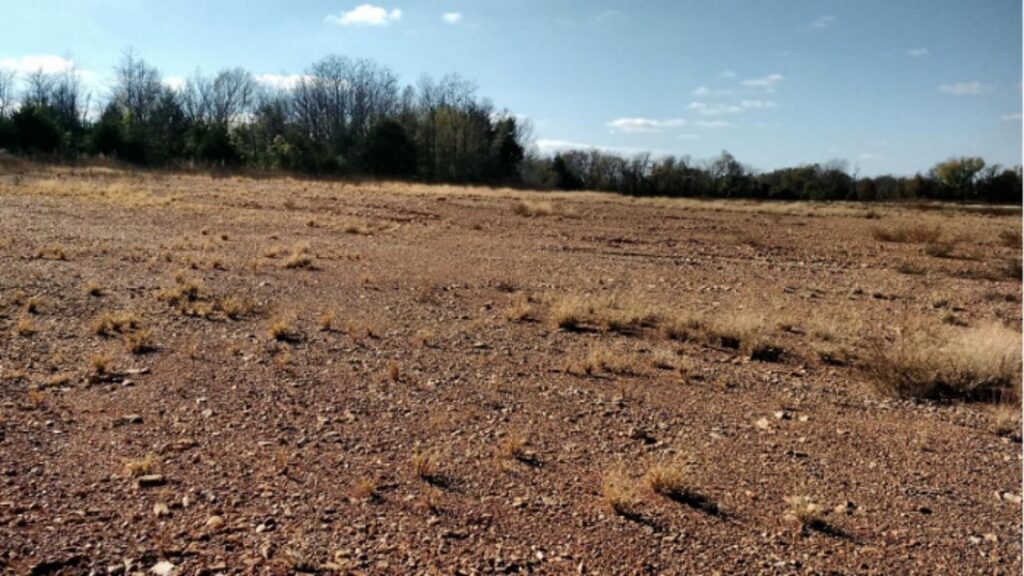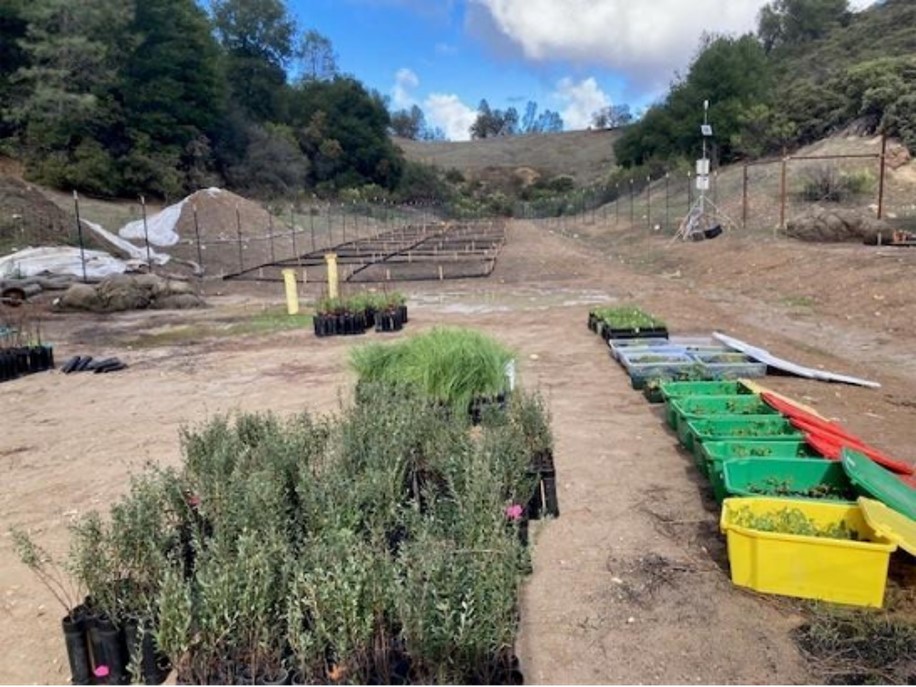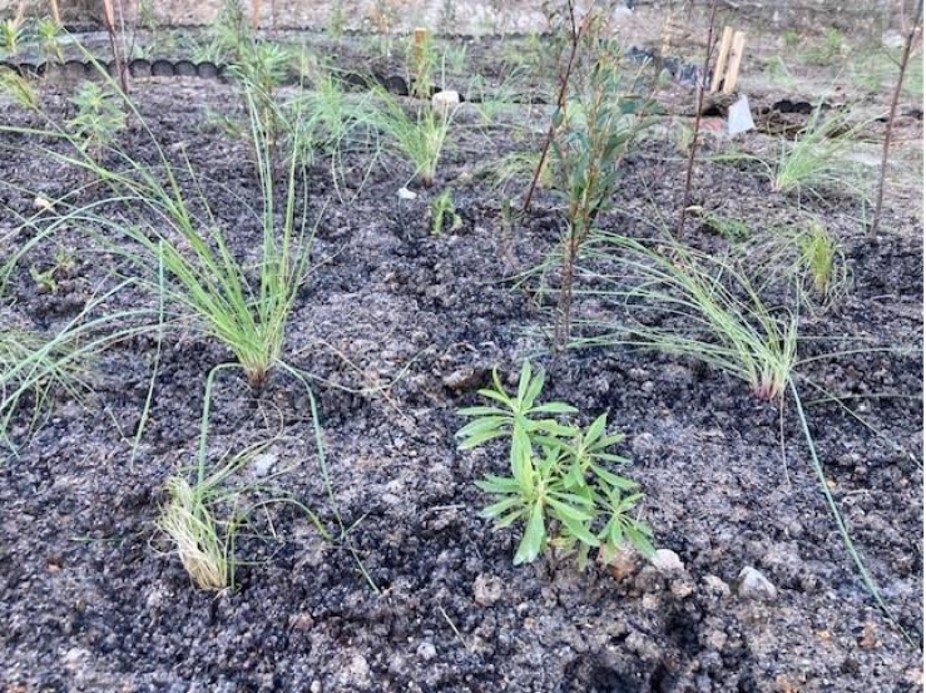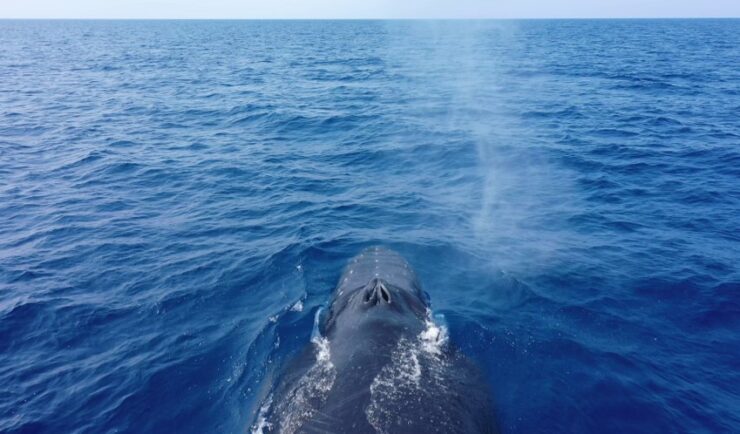- Success Stories
- Environmental Resource Assessment & Management
Remediating Soil Surrounding Abandoned Mines

CSS employees have been providing field, lab, and horticultural support for the Environmental Protection Agency’s efforts to develop and test methods for the remediation and revegetation of contaminated soils around selected abandoned mines in the western United States. One of the promising approaches is to incorporate biochar into the soil. Using biochar helps effectively adsorb trace metals and reduce their toxic impacts to plants. CSS field staff recently helped set up 60 large plots at an abandoned mine site in California to test the feasibility and effectiveness of biochar additions for facilitating plant establishment. They tilled in biochar and fertilizer into the designated plots. As part of this project, CSS employees tested horticultural methods for propagating and growing native plant species for transplanting into the field plots. CSS plant specialist raised populations of eight California native plant species totaling over 4,000 individual plants available for the field study. Recently the team transported about 2,500 of the plants to the field site and planted them.
Upon first assessment in December 2025, CSS field staff report that the transplants are healthy. The team will continue to monitor the status of the plants over the next several months and collect data to ascertain which field plot amendments were most effective in supporting the establishment of the native species.


See More CSS Insights

Training Marine Mammal Programs to Use Drones to Collect Dolphin and Whale Respiratory Health Data
CSS employee owner and Marine Mammal Drone Specialist supports NOAA’s National Centers for Coastal Ocean Science (NCCOS) Marine Mammal Health Assessment team with collecting respiratory health data from marine mammals in local waterways. Using specialized drones equipped with petri dishes provides a non-invasive method to collect exhaled breath (i.e. blow) samples from dolphins and whales.…

Contributing to Wind Energy Area Designations
The Bureau of Ocean Energy Management (BOEM) recently announced two Wind Energy Areas (WEAs) in the Gulf of Mexico. The WEAs are located off the coasts of Galveston, Texas, and Lake Charles, Louisiana and have the potential to power nearly three million homes. BOEM collaborated with the National Oceanic and Atmospheric Administration (NOAA) to identify…

Advancing Severe Weather Predictions with Artificial Intelligence
As artificial intelligence (AI) and machine learning (ML) technologies evolve in Earth sciences, CSS employee owners (formerly Riverside staff) are growing our expertise in this field. CSS employee owners are advancing technologies for our client, NOAA’s Center for Satellite Applications and Research (STAR). Our staff have developed a framework, exploiting modern AI/ML techniques, to rapidly…
